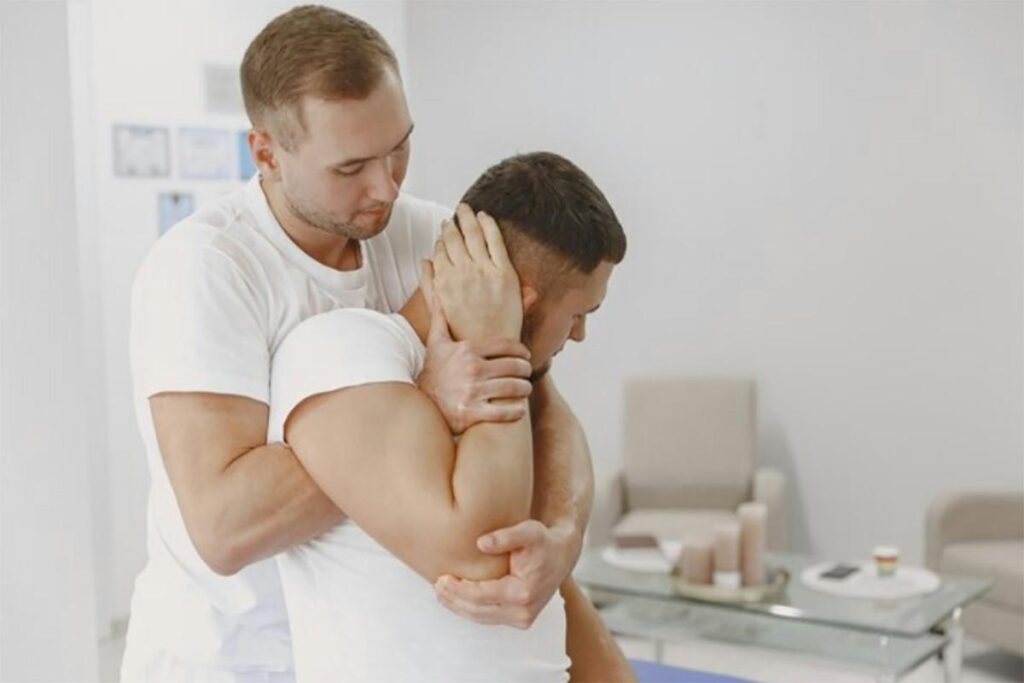
Frozen shoulder, medically known as adhesive capsulitis, is a condition characterized by stiffness and pain in the shoulder joint. This condition can be particularly challenging to deal with, as it not only causes discomfort but also limits the range of motion, impacting daily activities. In Scottsdale and Phoenix, where active lifestyles are common, addressing frozen shoulder effectively is crucial. This blog post explores the role of physical therapy in treating frozen shoulder, highlighting various interventions and techniques that have proven effective.
What is Frozen Shoulder?
Frozen shoulder typically develops gradually over time and goes through three stages: the freezing stage (painful and increasing stiffness), the frozen stage (reduced pain but difficulty in movement), and the thawing stage (gradual improvement in range of motion). Understanding these stages is essential in physical therapy as it dictates the treatment approach.
Initial Assessment by a Physical Therapist
If you’re looking for physical therapy in scottsdale for your shoulder, the journey starts with a comprehensive assessment by a physical therapist. This assessment helps to determine the stage of the condition and involves evaluating the shoulder’s range of motion, strength, and overall functionality.
Customized Physical Therapy Plans
Based on the assessment, physical therapists in Scottsdale and Phoenix create personalized treatment plans. These plans often include:
- Pain Management: Techniques such as ice or heat therapy, and gentle electrical stimulation can help manage pain in the early stages of frozen shoulder.
- Range of Motion Exercises: Gradual stretching exercises are crucial for restoring range of motion. Therapists guide patients through safe and effective movements to gradually increase mobility.
- Strengthening Exercises: As the range of motion improves, targeted exercises to strengthen the shoulder muscles are introduced to support the joint and prevent future complications.
- Manual Therapy: Hands-on techniques, including joint mobilization and massage, can help loosen the joint capsule and improve movement.
Advanced Techniques in Physical Therapy
Physical therapy for frozen shoulder may also involve advanced techniques such as:
- Dry Needling
- Spinal Manipulation
- Joint Glides
- Soft Tissue Work
- Blood Flow Restriction Training
Education and Home Exercise Programs
An essential part of physical therapy is educating patients about their condition. Therapists provide information on home exercises and self-care techniques to facilitate recovery. Adherence to these home exercise programs is critical for success.
The Role of Consistency and Patience
Recovery from frozen shoulder can be a slow process, requiring consistency and patience. Physical therapists in Scottsdale and Phoenix emphasize the importance of sticking to the treatment plan and being patient with the body’s natural healing process.
Preventive Measures and Lifestyle Adjustments
In addition to treatment, physical therapists also advise on preventive measures to avoid the recurrence of frozen shoulder. This may include ergonomic advice, lifestyle modifications, and exercises to maintain shoulder health.
Collaboration with Other Healthcare Providers
Sometimes, managing frozen shoulder may require a multidisciplinary approach. Physical therapists often collaborate with other healthcare providers, such as primary care physicians or orthopedic specialists, to ensure comprehensive care.
Success Stories in Overcoming Frozen Shoulder
Physical therapy has numerous success stories in treating frozen shoulder. Patients often report significant improvements in pain levels, increased range of motion, and a return to their normal activities.
Conclusion: A Path to Recovery
Frozen shoulder can be a frustrating and painful condition, but with the right physical therapy interventions, recovery is possible. Through a combination of targeted exercises, manual therapy, pain management techniques, and patient education, physical therapists in Scottsdale and Phoenix are helping individuals regain mobility and return to their active lifestyles. Remember, the key to overcoming frozen shoulder lies in early intervention, consistent therapy, and a collaborative approach to healthcare.










